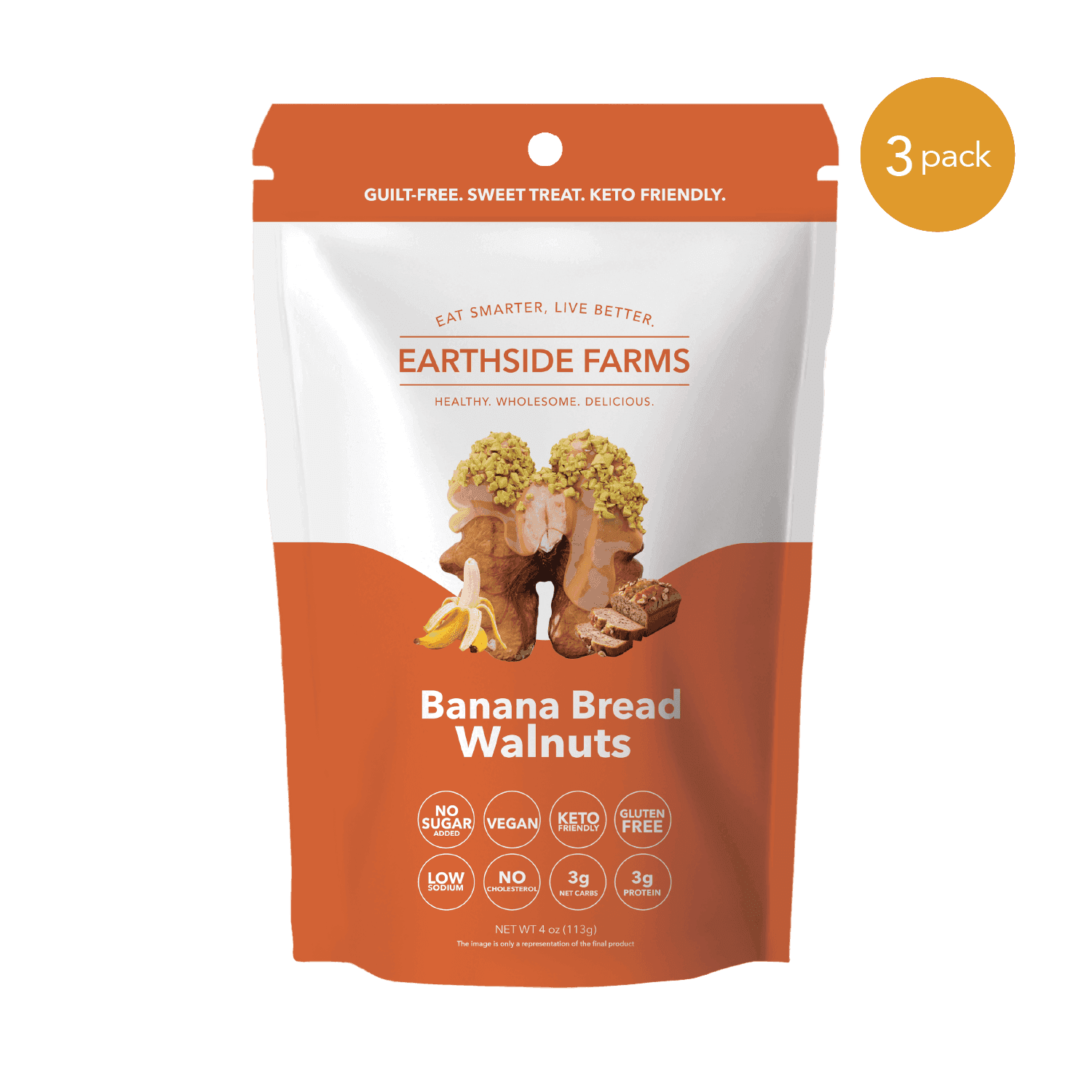Cashews are a popular snack, known for their creamy texture and mild flavor. However, there’s more to a cashew than meets the eye! From sizes and shapes to colors, cashews are categorized in several ways to cater towards different uses and tastes . This guide breaks down the main types of cashew grades so you can understand what’s behind every tasty bite.
1. Size: What Do the Numbers Mean?
Cashew sizes are typically indicated by numbers like W180, W240, W320, and W450. These numbers refer to the approximate count of cashews per pound:
- W180 – Larger cashews with fewer per pound, often considered premium.
- W240 – Medium-sized, versatile in texture and taste.
- W320 – Balanced size, ideal for snacking, with around 320 cashews per pound.
- W450 – Smaller cashews, perfect for recipes and economical choices.

The number system helps ensure consistency in products and ensuring the right type of cashews are packaged together. While we may not see numbers on bags of cashews that we buy at our local grocery stores, W320 is the most popular size due to its balance of flavor, texture, and value.
2. Shape: From Whole to Pieces
Cashew shapes vary and are categorized as:
- Whole – Full cashews, often used for snacking and presentation.
- Butts and Splits – Slightly broken, used in cooking.
- Large and Small Pieces – Chopped for baking or blending.
- Baby Bits – Small pieces, ideal for cashew flour or sauces.

Whole cashews provide a satisfying crunch, while pieces are perfect for recipes where texture isn’t as important.
3. Color: A Quality Indicator
Cashew color also plays a role in grading:
- White Wholes (W) – Premium, light-colored cashews that are fresh and high-quality.
- Scorched Wholes (SW) – Slightly darker, often due to roasting, with a rich flavor.
- Dessert Grades – Darker cashews, typically used in cooking.

The lighter the color, the fresher the cashew, with white wholes often preferred for their clean appearance and mild flavor.
From size and shape to color, every aspect of a cashew is carefully graded to meet different needs. Whether you’re enjoying cashews as a snack, using them as a dairy alternative, or adding them to your favorite recipe, understanding types and classifications can help you choose the right cashew for any occasion. Next time you pick up a bag, you’ll know what to look for!
The Ending Note
We might be on the same page now.
Cashews are more than just a tasty snack — there’s a whole world behind their size, shape, and color.
Knowing these simple details makes it easier to pick the perfect cashew for snacking, cooking, or adding to your favorite recipes.
Whether you love the crunch of whole cashews or need tiny bits for sauces and baking, every type has its place.
So next time you grab a handful, you’ll appreciate those creamy, crunchy bites even more!


